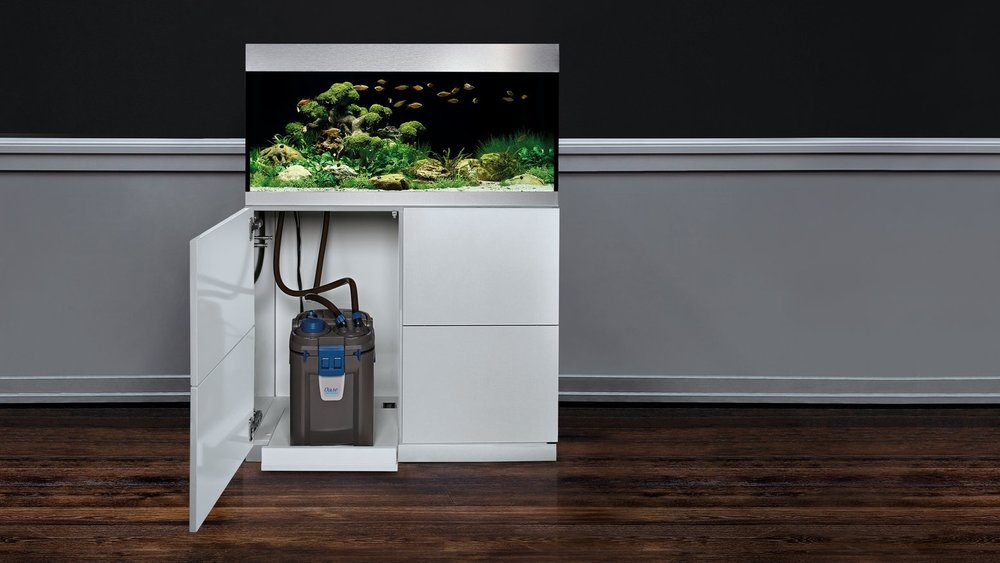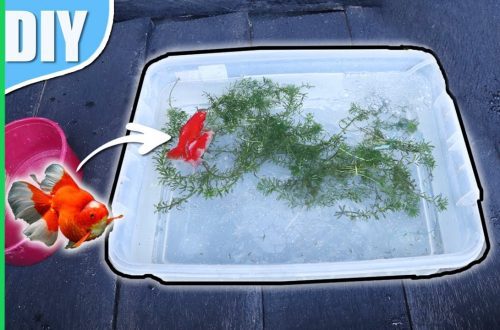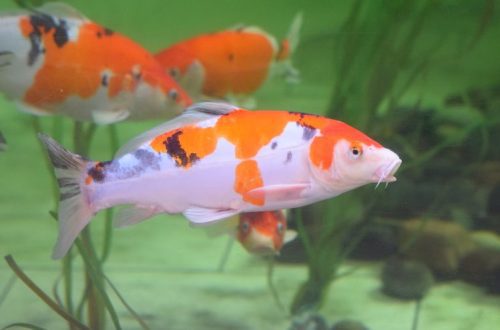
External filters for aquarium
In small aquariums with a small number of inhabitants, compact internal filters are usually installed. However, if the volume of a domestic reservoir exceeds 100 liters, it is better to use more productive external equipment for water purification. 
Contents
The device and the principle of operation.
The external filter is a canister with filter material and a pump that continuously pumps water. Two hoses extend from the canister. Both of them descend into the aquarium: one at a time, contaminated water enters the filter, and at the other, purified water is pumped out. When placing the canister above the water level, the pump is installed directly into the fish tank. Then it pumps water into the filter, from where the latter returns to the aquarium by gravity. The aquarium water entering the filter is subjected to multi-stage purification. A large foam rubber or padding sponge absorbs mud deposits and thereby carries out mechanical water purification. Activated carbon absorbs dissolved fish waste, and a layer of porous expanded clay serves as a breeding ground for beneficial bacteria that are responsible for biofiltration.
Advantages and disadvantages.
Before buying an external filter for an aquarium, it is important to soberly weigh its strengths and weaknesses.
The advantages of this type of cleaning device include:
- Better filtration
- Less maintenance hassle
- Long service life.
There is basically only one drawback. – higher price. In addition, it should be borne in mind that with errors made during assembly, the filter may leak. Therefore, if you are not sure that you can install it correctly, it is better to call the wizard.
How to choose a device?
When comparing different models of equipment, pay attention to the following parameters:
- Performance. For an aquarium with a volume of less than 100 liters, buy a filter with a capacity of about 300-500 l / h, for a larger volume – about 700 l / h.
- Canister volume. The higher this figure, the more filter material is placed in the canister and the purer the water. Number of compartments. The more of them, the more opportunities for experiments with different types of fillers. The required minimum is three to four compartments.
- Hoses thickness. A large diameter tube is preferable, since sooner or later any hose is covered with algae from the inside, which makes it difficult for the water to flow.
We hope that this material will help you in choosing equipment. The article was written with the support of the site http://www.zoonemo.ru





